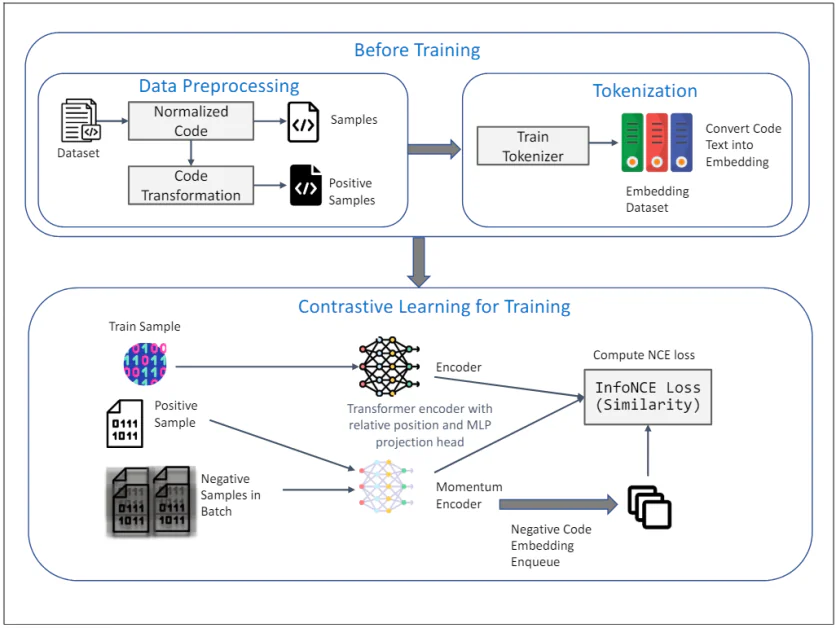<h2>Transforming Education: How AI Agents are Revolutionizing Classrooms</h2>
<h3>The Impact of AI on Teaching and Learning</h3>
<p>Today's classrooms are undergoing a rapid transformation thanks to Artificial Intelligence (AI). AI agents are not just automating tasks; they are enhancing the educational experience for both teachers and students by providing personalized support and feedback that caters to individual learning styles.</p>
<h3>Kira Learning: A Leader in AI-Driven Education</h3>
<p>Kira Learning is at the forefront of this innovative change. This cutting-edge platform integrates AI throughout K-12 education, streamlining everything from lesson planning and grading to tracking student performance. By minimizing administrative paperwork, Kira Learning allows teachers to dedicate more time to personalized student support.</p>
<h3>The Future of Personalized Learning</h3>
<p>With features like AI tutoring, automatic grading, and smart analytics, education is evolving toward a future where learning is genuinely individualized and adaptable to each student's needs.</p>
<h3>The Role of AI Agents in Modern Education</h3>
<p>AI agents are reshaping how teachers instruct and how students learn, bringing new levels of personalization and engagement. These intelligent assistants go beyond mere task automation; they analyze student data, adjust lessons in real-time, and offer constructive feedback that encourages each learner to progress at their own pace.</p>
<h3>Kira Learning's Unique Features</h3>
<p>Kira Learning sets itself apart by providing a comprehensive suite of tools that support educators and students alike. Unlike traditional platforms that merely digitize outdated methods, Kira utilizes AI to craft customized lesson plans, automate grading, and suggest targeted interventions for students needing extra support. This holistic approach helps teachers make informed decisions based on each student's strengths and weaknesses.</p>
<h3>Maximizing Teacher Time and Student Engagement</h3>
<p>Teachers juggle numerous responsibilities, often at the expense of individualized instruction. Kira alleviates this burden by handling administrative tasks, empowering educators to concentrate on creative teaching methods and direct student engagement. Simultaneously, students benefit from Kira’s adaptive programs, offering tailored materials that cater to their specific needs, whether they require extra practice or can advance more swiftly through simpler concepts.</p>
<h3>Enhancing Engagement Through Innovative Technologies</h3>
<p>AI is also elevating the educational experience through emerging technologies like Virtual Reality (VR) and Augmented Reality (AR). These tools allow students to explore historical sites or study 3D models, making complex subjects more approachable. Gamification platforms such as ClassDojo keep students motivated and focused, reinforcing their learning in a fun and engaging manner.</p>
<h3>The Efficiency of AI in Administrative Tasks</h3>
<p>AI streamlines school operations by automating mundane tasks such as attendance tracking and student engagement monitoring. Real-time analytics provide valuable insights, enabling schools to make informed decisions that support student success. This efficiency gives teachers more time to focus on teaching and providing individualized attention to their students.</p>
<h3>Preparing Educators for an AI-Enhanced Future</h3>
<p>As AI becomes a staple in classrooms, educator training is evolving. Teachers are learning how to effectively leverage AI tools, gaining the skills necessary to maximize the advantages these technologies offer. These advancements illustrate how AI agents are revolutionizing education, making it more personalized, interactive, and efficient for both students and teachers.</p>
<h3>Kira Learning: Innovative Features for Modern Education</h3>
<p>Kira Learning transcends conventional learning management systems by acting as an intelligent assistant for teachers. It supports lesson planning, automated grading, and personalized guidance for students, transforming traditional teaching and learning paradigms.</p>
<h3>The Architecture and Flexibility of Kira Learning</h3>
<p>Designed from the ground up to integrate AI, Kira is adaptable to the needs of modern education. Its specialized AI agents collaborate seamlessly to enhance the learning experience. Key features include:</p>
<ul>
<li><strong>AI Tutor:</strong> Customizes lessons based on individual student abilities and learning styles.</li>
<li><strong>AI Teaching Assistant:</strong> Aids teachers in lesson planning by leveraging student performance data.</li>
<li><strong>AI Grader:</strong> Utilizes advanced technology to assess assignments efficiently, providing timely feedback.</li>
<li><strong>AI Insights Agent:</strong> Analyzes classroom data to identify trends and learning gaps, enabling effective interventions.</li>
</ul>
<h3>Addressing Challenges in AI Education</h3>
<p>Despite its benefits, the integration of AI in education presents challenges such as equitable access to technology and concerns over data privacy. Schools must ensure every student has access to these transformative tools, regardless of their socioeconomic background.</p>
<h3>The Essential Role of Teachers in an AI-Driven Future</h3>
<p>While AI can effectively handle administrative tasks, it is crucial to remember that teachers are irreplaceable. The human element of education remains vital for building relationships and fostering a supportive learning environment. AI should serve as a complementary tool to enhance, not replace, the teacher’s role.</p>
<h3>Conclusion: Embracing the AI Revolution in Education</h3>
<p>AI agents are fundamentally changing education by streamlining tasks such as grading and lesson planning, allowing for personalized learning experiences that drive student engagement and success. Kira Learning exemplifies how AI can empower both teachers and students by providing smart tools and actionable insights. However, it is essential to address challenges related to access, privacy, and bias to ensure that AI enhances the educational landscape for everyone.</p>This revised article features structured HTML headings (H2 and H3) to enhance SEO and create an engaging reading experience. Each section is informative, aiming to capture the audience’s interest while focusing on the transformative power of AI in education.
Here are five FAQs based on the topic "How AI Agents Are Transforming the Education Sector: A Look at Kira Learning and Beyond."
FAQ 1: What is Kira Learning?
Answer: Kira Learning is an innovative educational platform that uses AI technology to enhance the learning experience. It focuses on assessing students’ skills and competencies through interactive, engaging assessments, helping institutions understand learner capabilities beyond traditional testing methods.
FAQ 2: How are AI agents being used in education?
Answer: AI agents in education can personalize learning experiences, provide instant feedback, automate administrative tasks, and support educators in identifying students’ learning patterns. They help create adaptive learning environments tailored to individual student needs, maximizing engagement and effectiveness.
FAQ 3: What benefits do AI-enhanced assessments provide?
Answer: AI-enhanced assessments offer personalized evaluation, real-time feedback, and the ability to measure a wider range of skills, including critical thinking and problem-solving. This approach allows educators to gather insights on student performance more effectively, leading to better-targeted instructional strategies.
FAQ 4: How does Kira Learning differ from traditional assessment methods?
Answer: Unlike traditional assessments that typically focus on rote memorization, Kira Learning emphasizes competency-based evaluations. It allows for a more holistic view of a student’s abilities, providing insights into soft skills and practical application of knowledge, rather than just academic performance.
FAQ 5: What future trends can we expect from AI in the education sector?
Answer: Future trends may include even more advanced AI personalization, enhanced predictive analytics to foresee student challenges, and the integration of AI tools in curriculum design. With ongoing developments, we can expect AI to further transform teaching methodologies, improve learner engagement, and streamline administrative processes in educational institutions.









